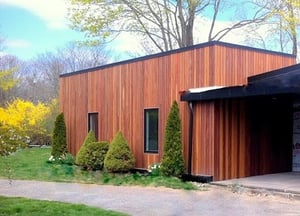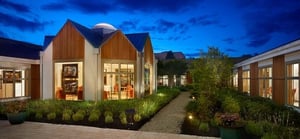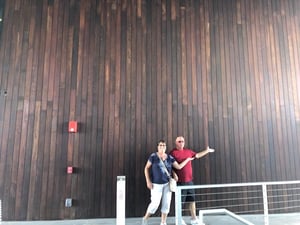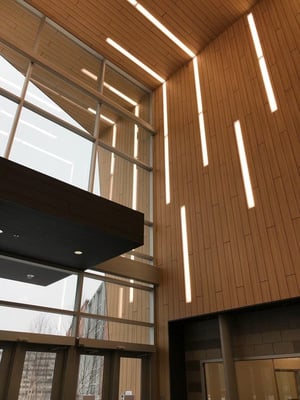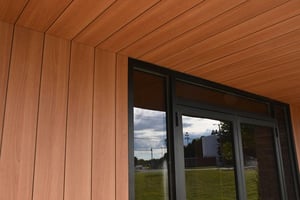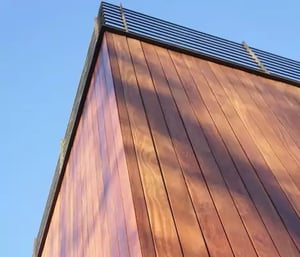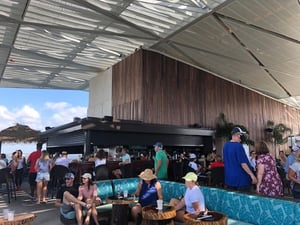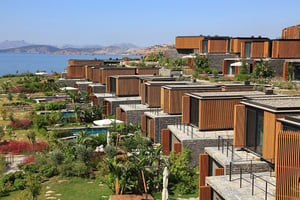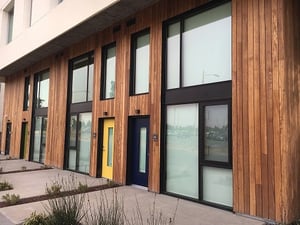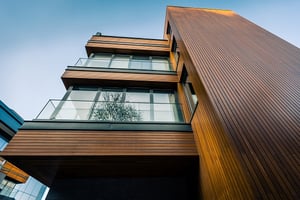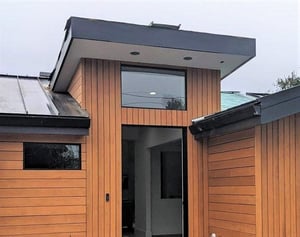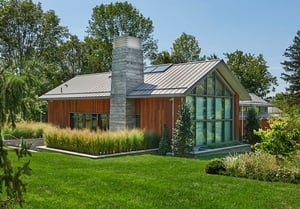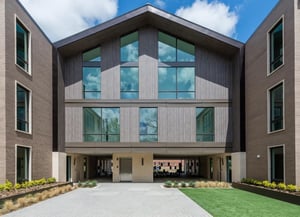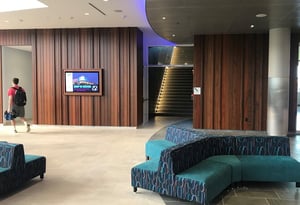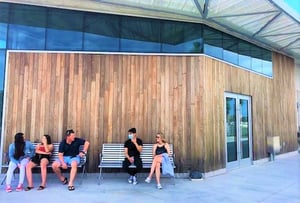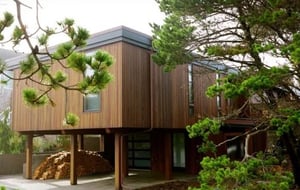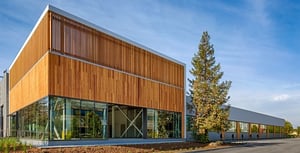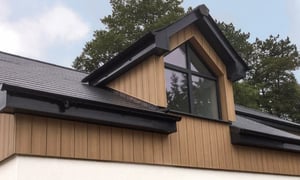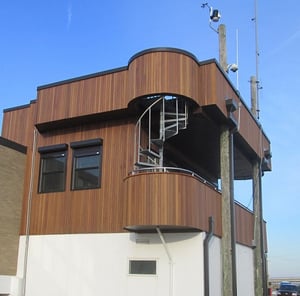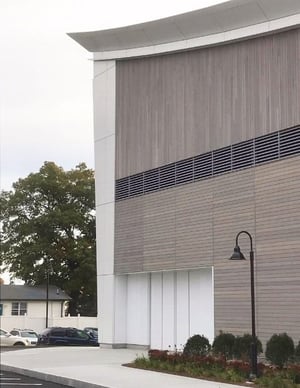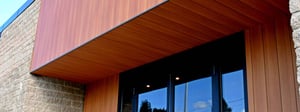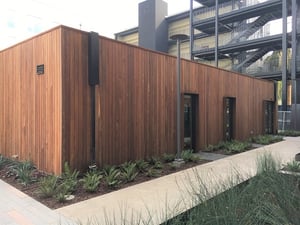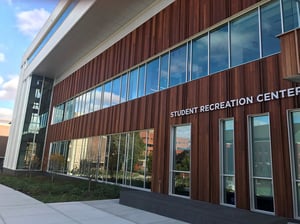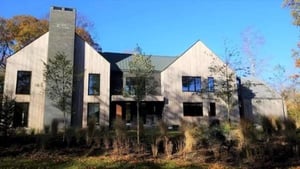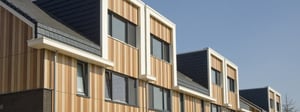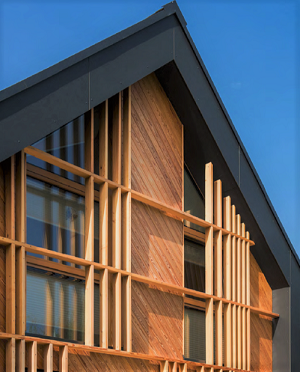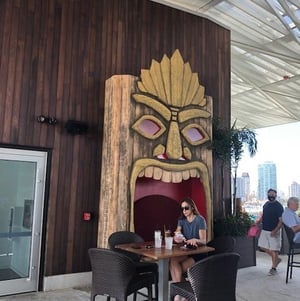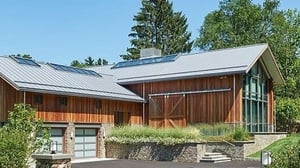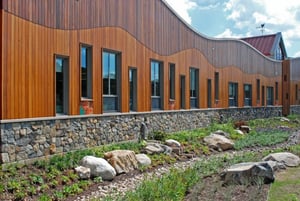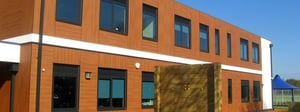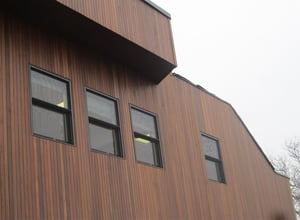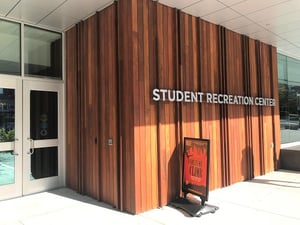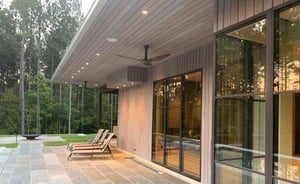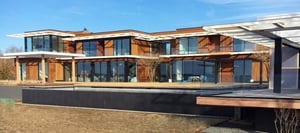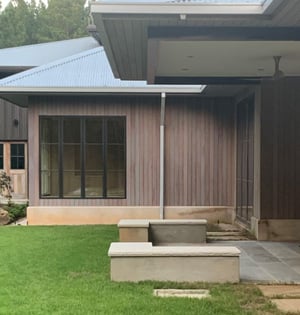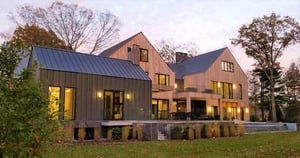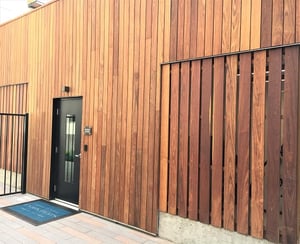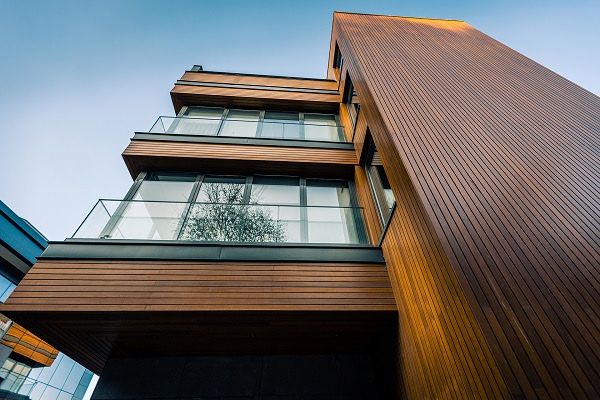
MATAVERDE VERTICAL RAINSCREEN SIDING PICTURE GALLERY
Vertical wood rainscreen siding installation is quickly becoming a major design trend. Gone are the days of the old fashioned T-111 siding. New higher performance siding materials, like high-density hardwoods, thermally modified wood, fire retardant wood siding, and Pura NFC siding by Trespa, create a whole new palette of premium cladding options. The sleek vertical lines create an eye catching effect, making your home or building look taller. Vertical siding designs and installations can change the entire look and feel of a facade.
Designing vertically with the Climate-Shield rainscreen system is a game changer. Save lots of installation time time and create an effective, healthy and sustainable rainscreen, vertically. The Climate-Shield system for vertical siding installations and create a high performance wall assembly that can withstand the elements. Check out pictures of vertical wood siding projects below.
Looking for more information about Vertical Rainscreen Siding?
- Rainscreen Wood Siding Materials
- DOWNLOAD Climate-Shield Wood Rainscreen Siding Vertical Installation Guidelines
- DOWNLOAD Climate-Shield Trespa Pura NFC Siding Vertical Installation Guidelines (Over Plywood or OSB Exterior Sheathing)
- Trespa Pura Siding Vertical Design Details (Over Masonry or Exterior Gypsum Wall Assemblies)
- Wood Rainscreen Design Ideas Portfolio
- Rainscreen Design Options for Design Professionals
- What Is A Wood Rainscreen?
- What Is The Best Rainscreen Siding System?
Need more information on wood rainscreen material options?
Download the FREE Ultimate Guide to Wood Rainscreen today.


